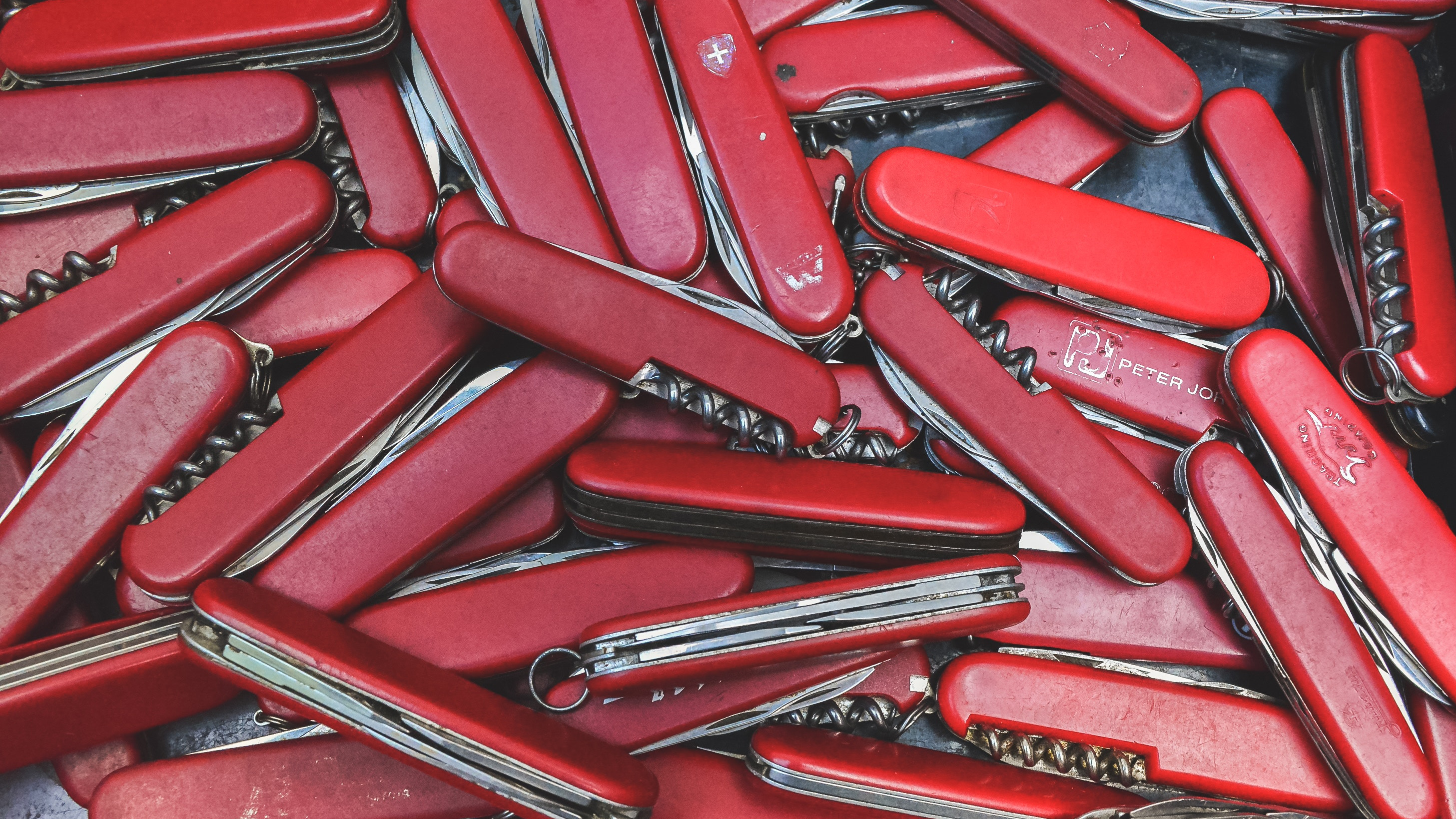5 ways illustration skills can further your career
Do you need to know how to draw to be a designer? It's a common question for those entering the industry.
The answer is, theoretically, no. It's not a practical necessity for most graphic designers to be able to draw or illustrate to a decent standard. But developing some illustration skills does give you a significant advantage over the competition – even if you're still commissioning illustration out, or mostly working with stock assets.
Many brands use illustration to stand out from the crowd and define their personality, and it helps to have a strong grasp of the process even if you won't be crafting the final graphics yourself. With this in mind, read on for five great reasons you should develop your illustration skills as a designer.
01. Open up more opportunities

It's simple enough. Adding another string to your bow – whether that's illustration, coding, art direction or any other complementary skill to graphic design – will open up more opportunities for you.
If you're a freelancer, it can diversify the types of commission you can take on. We're not necessarily talking about pure illustration briefs here – that depends on how far you hone your skills, and what your longer-term ambitions are – but many design jobs require illustrated elements. Rather than the client splitting the commission, or worse, giving it all to someone else, you can pitch for the whole package.
Whether you're crafting graphic elements from scratch to enhance your design, or working with stock assets as your starting point, it pays to sharpen those skills. Having a better grasp of the fundamentals of drawing can have a positive impact on other parts of the job too, even jobs like retouching – see point #5 for more.
02. Make yourself indispensable in-house

The benefits to developing your drawing and illustration skills continue if you're in-house in a design agency, too. On a basic level, being able to communicate visual ideas more clearly and effectively within the team (see point #4) will add value to your contributions. Perhaps the agency website or promo materials need some illustrated elements – offer up your services and get noticed.
Daily design news, reviews, how-tos and more, as picked by the editors.
But it really comes into its own on client jobs. While more illustration-heavy projects that require a particular style or approach will still likely be commissioned out, your creative director will love it if you can help create ideas sketches for clients, or take on smaller illustrated aspects of a brief. You'll soon make yourself indispensable, as well as building an illustration portfolio without leaving your job.
03. Craft more beautiful logos

Amongst a sea of pared-back minimalism, flat-colour shapes and geometric sans serif type, you'd be forgiven for thinking that knowing how to draw is somewhat surplus in logo design. But traditional drawing abilities can prove invaluable, from sketching out early concepts right through to polishing the finer details.
In recent years, global brands such as Carlsberg and Guinness have invested in carefully crafted, beautiful marks, collaborating with specialists to refine and enhance their shape and form. Honing your illustration abilities as a designer will help you appreciate the craft involved, and either take your own logo designs to the next level, or work more effectively with third-parties where required.
04. Improve your communication skills

As well as contributing to the final output of a project, drawing and illustration skills make invaluable internal communication tools – whether with your team members, or your clients. A decent drawing can often get a concept across much more quickly than several paragraphs of text in an email.
Improving your grasp of fundamentals like how to draw perspective and master shading will give these quick sketches a more professional edge, especially if you grasp how to draw people rather than amateurish stick men. Convince the client with a sketch, and don't waste more time than you need on a digital mock-up.
This also applies when collaborating with a third-party such as an illustrator, animator or photographer. It's much easier to art direct someone if you can communicate your ideas visually. They won't expect your illustration skills to be at a professional standard – that's what you're hiring an illustrator for, after all – but will appreciate the clarity and clear guidance of a well-drawn reference sketch.
05. Sharpen your other design skills

Should you need another reason to work on your drawing skills, it can also have an impact on your graphic design work. A sharp eye for fine details is useful in both disciplines, as is an appreciation of colour balance and composition.
Awareness of light is second-nature to anyone who knows how to draw, and experimenting with different light sources and angles can have a significant impact on a design, and give you a more creative eye for retouching images too. Perhaps most important is a strong grasp of depth and perspective, a creative fundamental that's not always at the forefront of every designer's mind while grappling with layers and flat vector shapes.
You don't necessarily need to invest in expensive professional training to reap the benefits, either. If you didn't get a chance to develop traditional drawing skills as a student, investigate evening classes in your local area. You might be surprised by the impact what you learn can have on your daily design work.
Related articles:

Nick has worked with world-class agencies including Wolff Olins, Taxi Studio and Vault49 on brand storytelling, tone of voice and verbal strategy for global brands such as Virgin, TikTok, and Bite Back 2030. Nick launched the Brand Impact Awards in 2013 while editor of Computer Arts, and remains chair of judges. He's written for Creative Bloq on design and branding matters since the site's launch.
